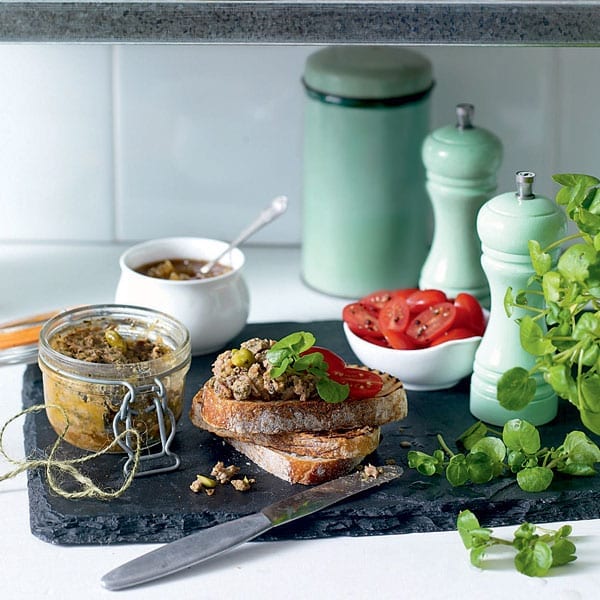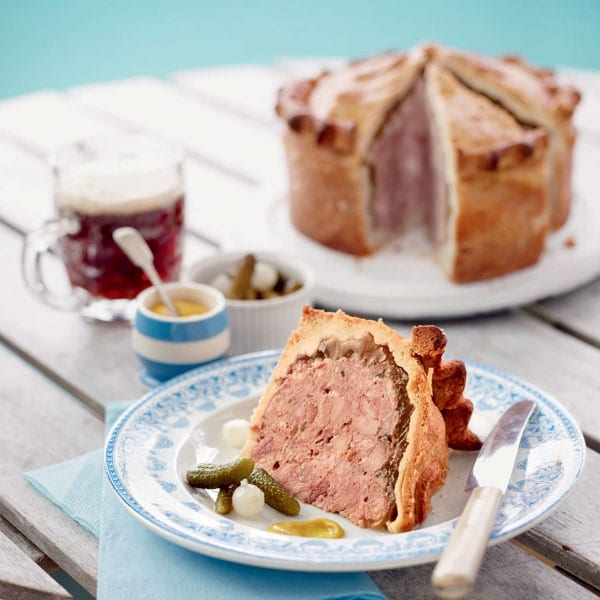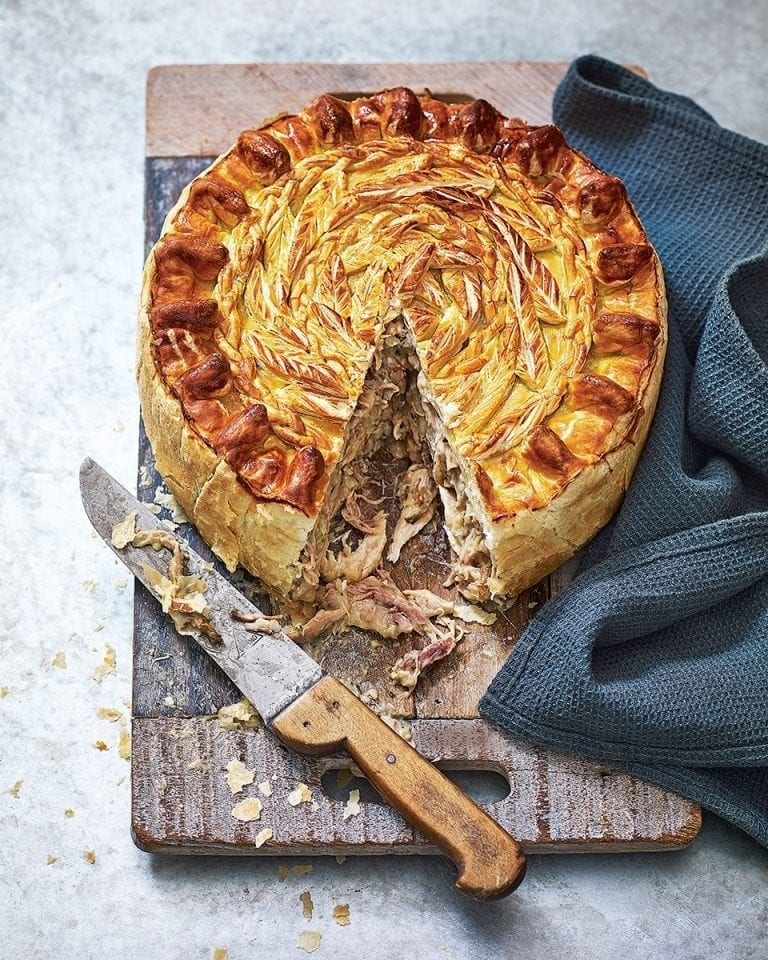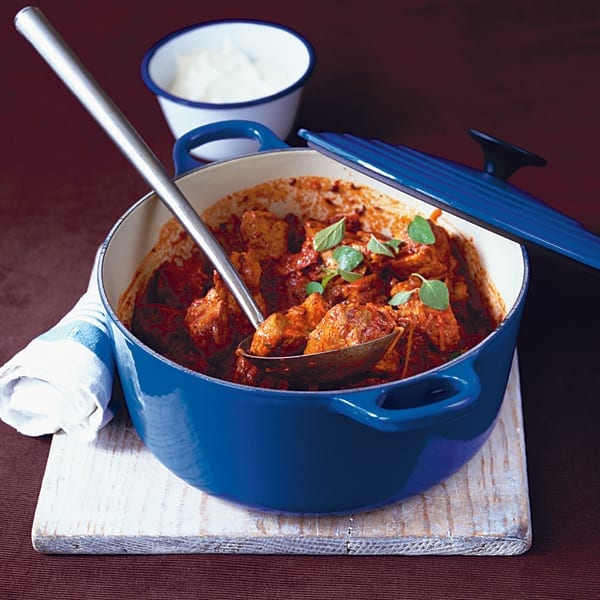How to make rich pork pâté
This rich pork paté recipe is a cinch to make and cooks in a Kilner jar, which looks good and is easy to serve. The result is a meaty texture with a fairly coarse consistency, enhanced by the addition of nuts.

All this needs alongside, for a fantastic lunch or starter, are a few hunks of good bread or toast, a perky chutney, some cornichons and ripe tomatoes, and a bunch of watercress.
Other ideas to try
- A flavoursome pork pâté requires fattier cuts, such as shoulder or belly, which are essential for moisture. Liver adds flavour, and breadcrumbs help to bring everything together. Once you’ve mastered the basic recipe, adjust the ingredients to suit your taste – and dare to experiment.
- Try game such as pheasant or venison and throw in some crushed juniper berries.
- Mix chicken livers with rabbit, Calvados and thyme.
The inside track: pâté versus terrine
There are plenty of similarities between these two. Both terms refer to a dish of minced ingredients, cooked in a vessel at a low temperature. They’re usually based on meat – often liver – but can be made of fish or vegetables.
Pâté and terrine are not the same thing, though. The word ‘pâté’ comes from the French word for ‘paste’. ‘Terrine’ refers to the loaf-shaped earthenware dish in which the mixture is cooked. Terrine is usually coarser than pâté, and often wrapped in bacon. It’s pressed after cooking, then turned out of the dish and cut into slices to serve, whereas pâte is usually served from its dish and spread on toast.
Testing for flavour
To make sure the pâté mixture is correctly seasoned before cooking, heat a little sunflower oil in a frying pan and fry 1 heaped tsp uncooked pâté for a few minutes. Leave to cool, then taste and adjust the seasoning and flavourings before carrying on with the recipe.
Sterilising jars
This step is important in helping to prevent bacteria growth. Wash the jars and lids in hot soapy water, rinse, then place in the oven at 110°C/fan90°C/gas ¼ until dry, or put them through a hot cycle in the dishwasher. Use while warm.
To serve
If you don’t want to serve your pâté in Kilner jars you can make it in a terrine, ceramic dish or small loaf tin. Spoon the pâté mixture into the container, press down gently, then cover with a lid or double layer of buttered foil. Place in a roasting tin and cook as in the recipe.
Pressing the mixture as it cools, as with a terrine, will ensure it doesn’t fall apart when you serve it. To press, cut a piece of cardboard to fit just inside the rim of the dish and cover with foil. Place it on top of the pâté, then put a heavy object on top to weigh it down (a couple of unopened cans will do the trick). Leave overnight in the fridge if possible.
Subscribe to our magazine
Food stories, skills and tested recipes, straight to your door... Enjoy 5 issues for just £5 with our special introductory offer.
Subscribe
Unleash your inner chef
Looking for inspiration? Receive the latest recipes with our newsletter


